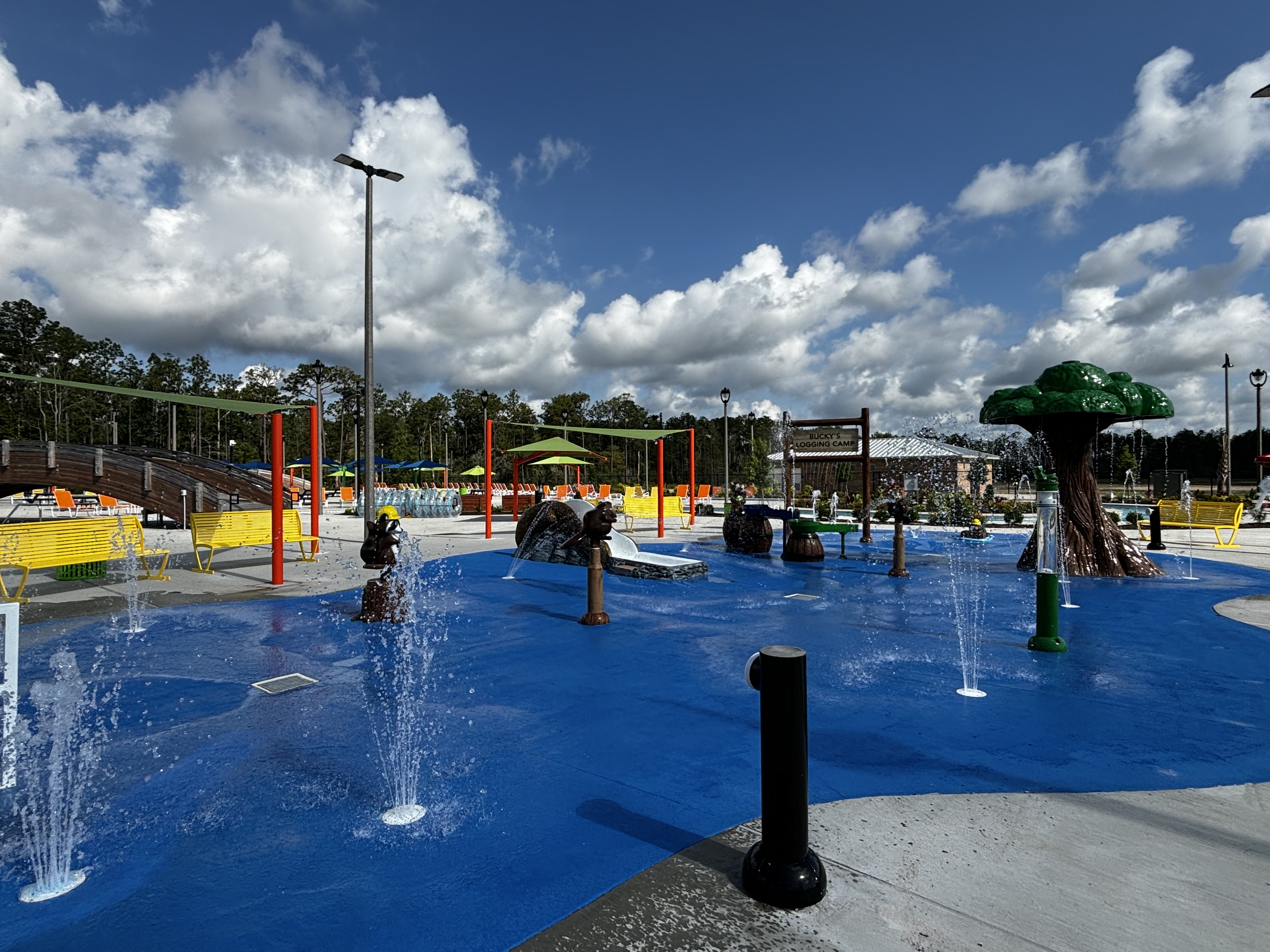Maple, oak popular for kitchen cabinets
Published 1:14 pm Tuesday, November 18, 2014
The design of the Kale Crain house isn’t run of the mill. So it’s no surprise that even the cabinets are unusual. They’re created from rustic hickory, which differs from hickory. It has more knots, according to Crain’s cabinetmaker Dale Conner. This rustic or knotty look is different than regular hickory and uses the branches of the tree where there are more knots or markings closer together. Hickory comes from the heart of the tree, Conner explained.
Conner said that most of his clients opt for maple and oak. “Those are the two woods that are readily available and often the most affordable,” Conner said. “But I knew Kale would like this rustic hickory look.”
Conner said that it was important to him to get the woodcuts from the same batch of lumber so as to keep framing, trim and doors somewhat consistent.
Crain’s cabinets are clear-coated to bring attention to the beauty of the wood and heighten the rustic appeal. But hickory accepts a stain well, according to Conner. But it has its drawbacks. “It’s extremely hard. It wore out my saw blades, drill bits and sanders,” Conner said.
Conner also noted that there is a difference in the lumber of trees from the north and those from the south. Southern tree grain is farther apart. Northern winters slow the growth of trees, pushing the grain closer together.
Other little-known lumber tidbits gathered from a phone interview with Conner: Hickory and pecan can be sold as either of those two woods and there are two styles of cabinets, American and European. American cabinets are framed and the door attaches to this frame. This face frame still reduces the size of the cabinet opening slightly when compared to the frameless European style which has doors attached directly to the edges of the cabinet box.
John Crookshank is a local cabinetmaker, which has been in the trade for 35 years. He’s noticed the trend is headed toward more painted cabinets, rather than stains. He’s also seen some salvaged woods like cypress and yellow pine converted into beautiful kitchen cabinetry. Combinations of painted and traditional wood stained cabinets and cabinets stained with color are also appearing in Southwest Louisiana kitchens.
Each wood has its own properties and way to work it, according to Crookshank.
For instance, cherry can’t be sanded too hard because of the resin of the wood, but it gives a really nice finish. It’s also versatile as far as colors of stain that can be used. Maple is difficult to work as far as finishing it out. “It takes a light and dark stain well,” Crookshank said. But the middle shades are harder to achieve. “You really need someone who knows what they’re doing,” he said. Maple is similar to cherry because it can be finished to look very nice, but it’s less expensive than cherry.
“German beech has been a big player in the U.S. in the last seven or eight years. The price is good. It works well. It’s very versatile,” Crookshank said. It can be stained across spectrum from light to dark.
Here’s the lowdown on some other wood characteristics in relation to kitchen cabinet design: Alder can range from very rustic to clear. It’s softer than maple The wood color is reddish brown. Cherry varies from blonde to dark and offers the versatility that allows it to be stained to appear traditional or contemporary. Oak is tawny and varied, suited to many different looks with the possible exception of modern.
Conner and Crookshank both represent craftsman who create their cabinets in their shops, rather than onsite, which allows for more methods and control over the final product.





